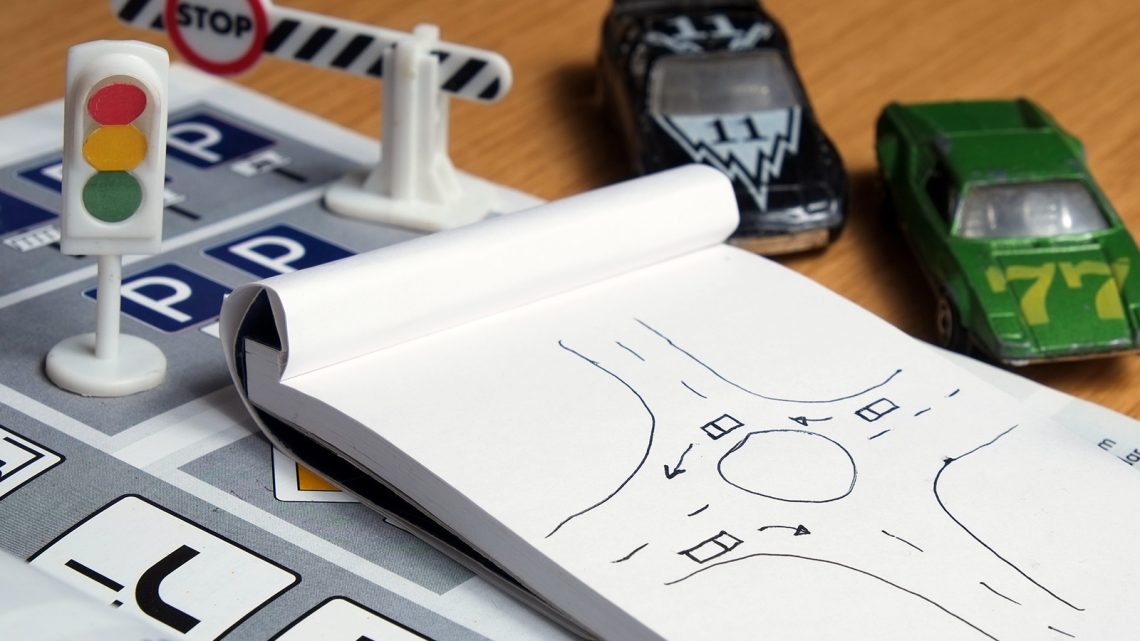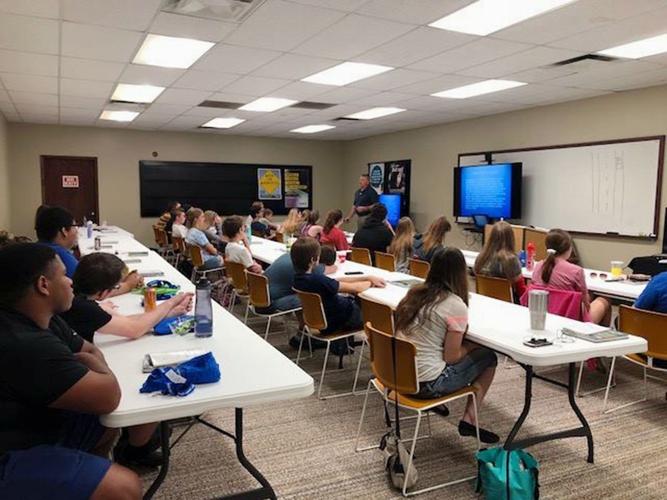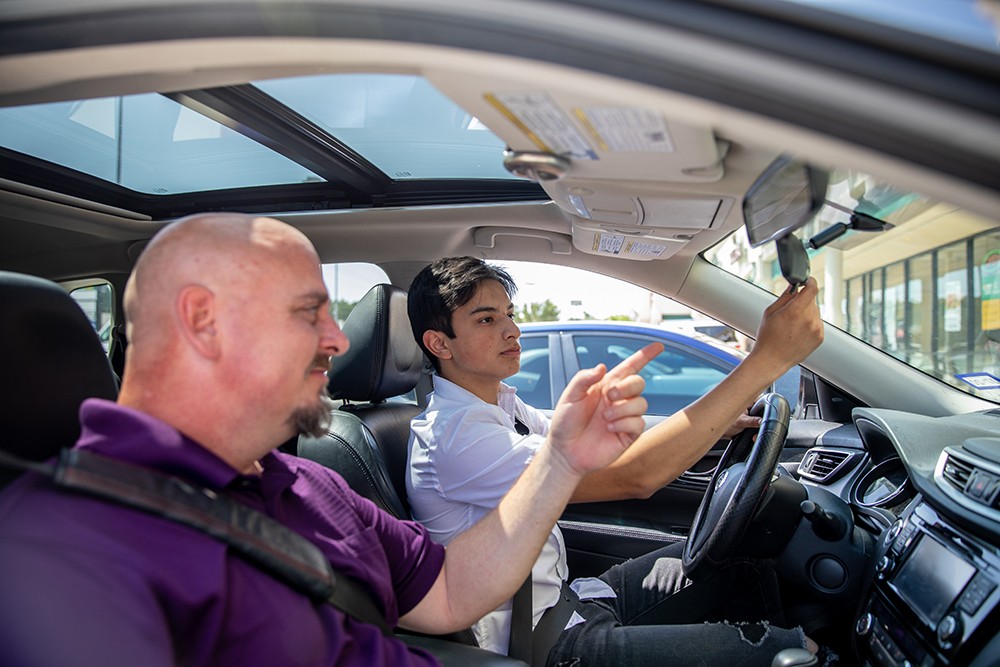Become a Car Driver Online in illinois California within 5 steps
Learning to drive is an essential skill that can provide you with a sense of independence and flexibility. In today’s world, with technology and online resources, becoming a car driver has become more accessible and convenient than ever. In this article, we will walk you through the five steps to become a car driver online in Illinois or California.
Step 1: Obtain a Learner’s Permit
Before you start driving on the roads, you need to obtain a learner’s permit, which allows you to practice driving with a licensed driver in the car. In Illinois and California, you can apply for a learner’s permit online. You will need to provide your personal information and pass a written test on traffic laws and signs. The test can be taken online or in-person at the local DMV office.
Step 2: Enroll in an Online Driver’s Education Course
In Illinois and California, you must complete a Driver’s Education Course before taking your driving test. You can enroll in an online driver’s education course that allows you to learn at your own pace and convenience. The course covers traffic laws, safe driving practices, and defensive driving techniques. Once you complete the course, you will receive a certificate of completion.
Step 3: Practice Driving with a Licensed Driver
After obtaining your learner’s permit and completing the driver’s education course, it’s time to practice driving with a licensed driver. You can either ask a family member or friend to help you practice or hire a professional driving instructor. Practice regularly in different driving conditions and environments to build your confidence and skills.
Step 4: Schedule and Pass the Driving Test
Once you have enough practice and feel confident, you can schedule your driving test at the DMV. In Illinois and California, you can schedule the test online. During the test, you will be evaluated on your driving skills, including starting and stopping, turning, lane changes, and parking. If you pass the test, you will receive your driver’s license.
Step 5: Keep Learning and Practicing
Learning to drive is just the beginning. To become a safe and responsible driver, you must continue to learn and practice. Attend defensive driving courses, stay updated on traffic laws, and practice driving in different environments. Remember, driving is a privilege, and it’s your responsibility to drive safely and follow traffic laws.
In conclusion, becoming a car driver in Illinois or California has become more accessible and convenient with online resources. By following these five steps, you can obtain your learner’s permit, complete a driver’s education course, practice driving with a licensed driver, pass the driving test, and become a licensed driver. Remember to stay safe and responsible while driving, and continue to learn and practice to become a better driver.

















